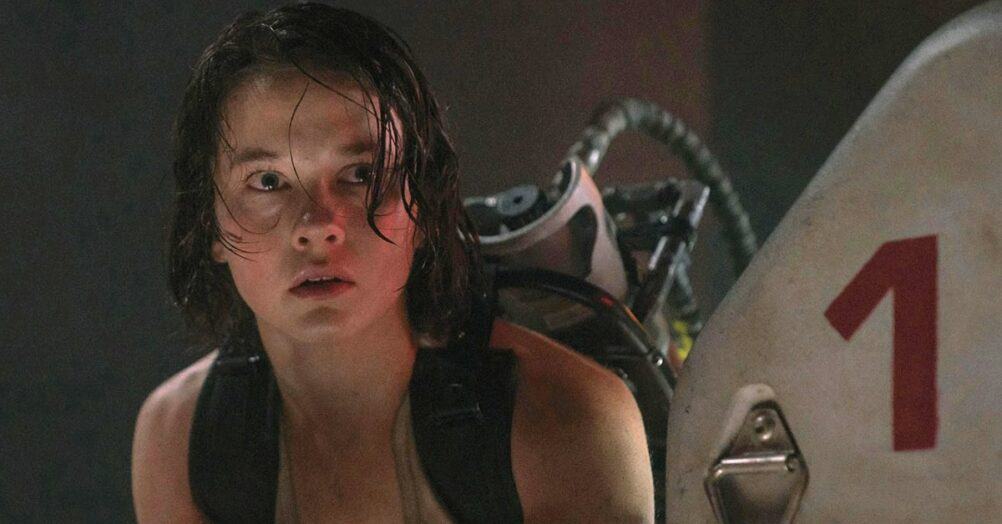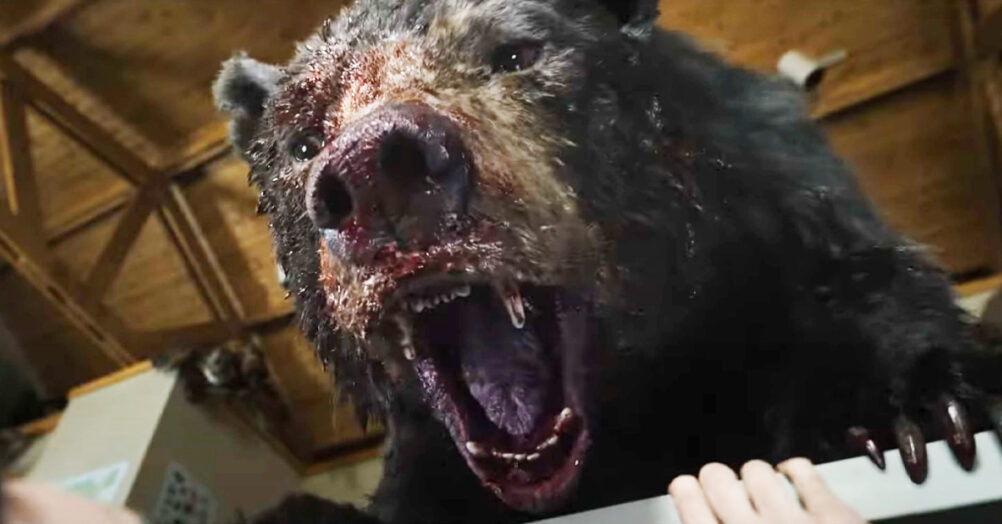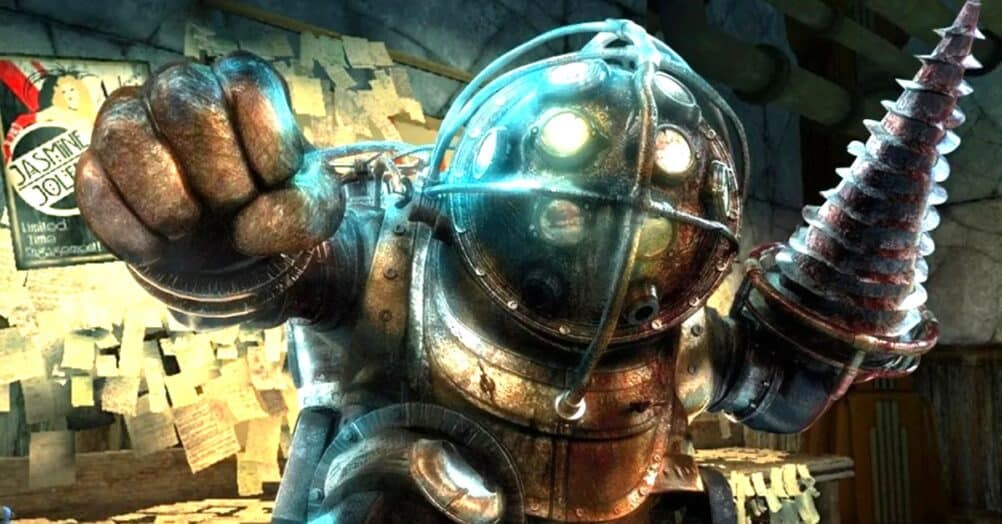If you watched movies back in 1983, the personal home computer must have seemed insanely dangerous; as in John Badham’s 1983 classic WarGames, Matthew Broderick can get us to the brink of WW3 and thermonuclear war with just the click of a few keys. In this episode of Revisited, we take a look back at this super fun eighties flick, co-starring Ally Sheedy and eighties stalwart Dabney Coleman. It’s one of many great films helmed by John Badham, one of the decade’s most underrated directors, with him also doing Blue Thunder, Stakeout and more.
It turns out, though, that Badham wasn’t the original choice to direct WarGames, and in fact, the original director was fired mid-shoot. That director was Martin Brest, who went on to direct Beverly Hills Cop the following year. Badham wound up delivering a real crowdpleaser, with the film grossing $124 million worldwide on a $12 million budget. It delivered its home studio United Artists a much-needed hit in the wake of Michael Cimino’s infamous, budget-busting flop, Heaven’s Gate.
Check out this episode written by Cody Hamman, edited by Will Hume, narrated by Travis Hopson, and produced by Adam Walton. Check out previous episodes below, and let us know if you think WarGames holds up in the comments!




















Follow the JOBLO MOVIE NETWORK
Follow us on YOUTUBE
Follow ARROW IN THE HEAD
Follow AITH on YOUTUBE